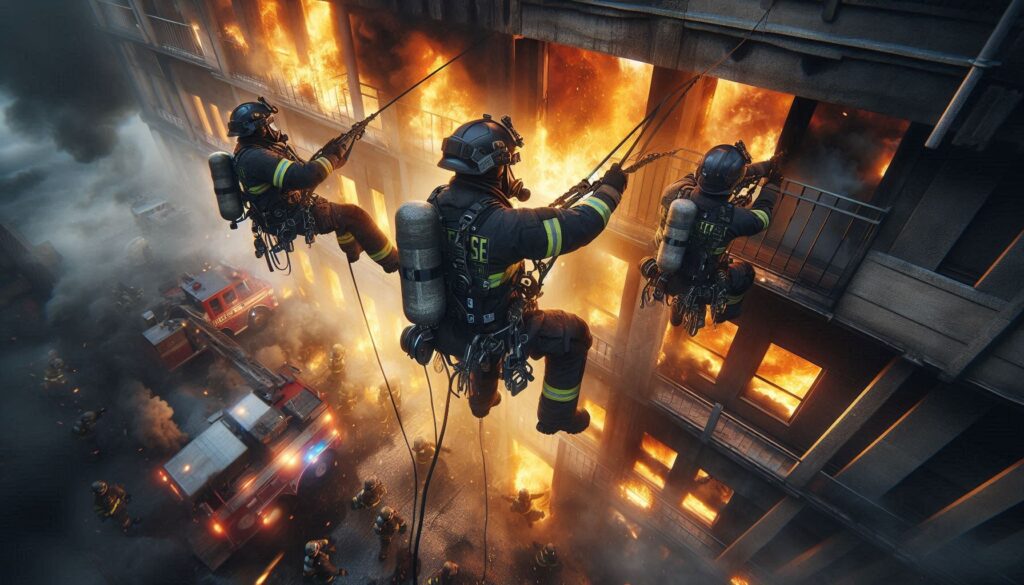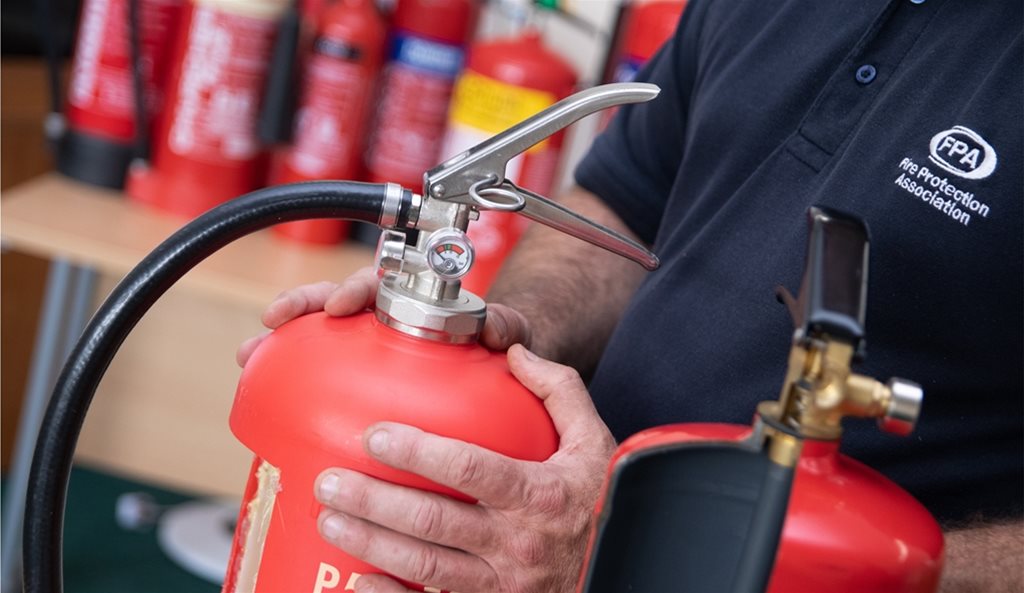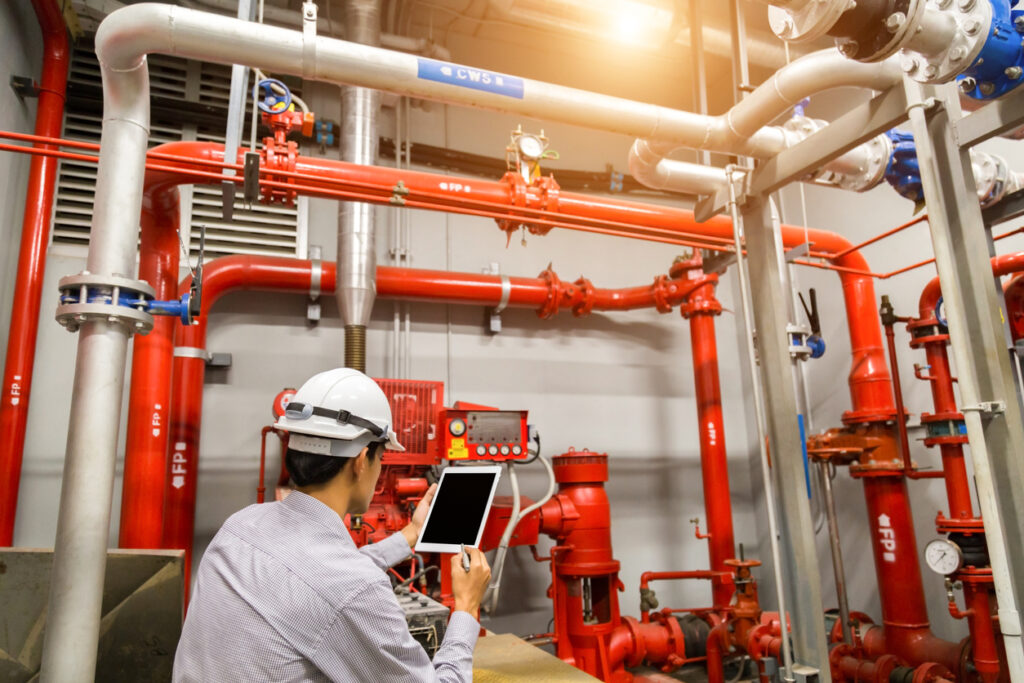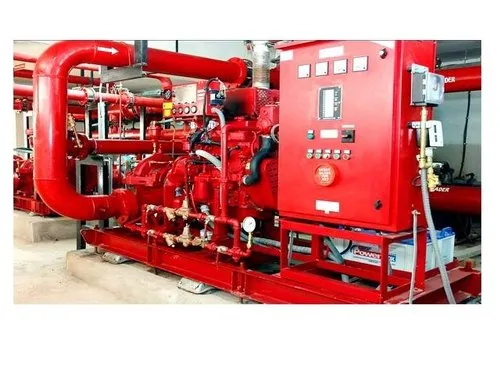Special operations firefighters are often the unsung heroes of the firefighting world. While traditional firefighters are renowned for their bravery in battling raging infernos, special operations firefighters take on a more specialized and diverse set of challenges. Their roles require not only immense physical resilience but also a deep well of technical knowledge and mental fortitude. These are the men and women who find themselves in situations where ingenuity, precision, and courage are the only tools that can save lives. Let’s dive into the world of special operations firefighters, exploring their responsibilities, the unique training they undergo, and the profound impact they have on the communities they serve.
Who Are Special Operations Firefighters?
Imagine a firefighter scaling a 20-story building to rescue someone from a precarious ledge, diving into icy waters to pull a survivor from a sinking vehicle, or entering a collapsed building to locate survivors trapped under tons of rubble. These are just a few examples of what special operations firefighters do. They are a specialized force within the firefighting community, trained to handle high-risk scenarios that go beyond the scope of traditional firefighting.
Special operations firefighters are often called upon during natural disasters, technical rescues, hazardous material (HAZMAT) incidents, and even acts of terrorism. Whether it’s an earthquake, a chemical spill, or a complex extrication, these professionals are the ones who step in when the stakes are highest.
But their work is about more than just physical strength and technical skill. These men and women are driven by a deep sense of duty and compassion. They don’t just save lives—they give people a second chance at life. And that’s what makes their role so extraordinary.
Core Responsibilities
The responsibilities of special operations firefighters are as diverse as the challenges they face. Let’s take a closer look at some of their primary roles and tasks.
Technical Rescues
One of the hallmark responsibilities of special operations firefighters is conducting technical rescues. These rescues often involve intricate and dangerous scenarios, such as:
- High-Angle Rescues: When someone is stranded on a cliff, rooftop, or other elevated location, special operations firefighters use ropes, pulleys, and harnesses to perform high-angle rescues. Imagine hanging hundreds of feet above the ground, relying on precision and teamwork to safely bring someone to safety.
- Confined Space Rescues: Whether it’s an industrial worker trapped in a narrow shaft or a child stuck in a well, confined space rescues require specialized equipment and a calm demeanor. These situations can be especially harrowing due to limited oxygen, darkness, and tight quarters.
- Structural Collapse Rescues: In the aftermath of earthquakes, explosions, or building collapses, special operations firefighters sift through rubble, often using search dogs, cameras, and sound-detection tools to locate survivors. It’s painstaking, emotionally taxing work, but every life saved makes it worthwhile.
Water Rescues
Floods, hurricanes, and other water-related emergencies call for a unique set of skills. Special operations firefighters are trained in swift water rescues, which involve navigating rapid currents to reach stranded individuals. They also perform ice rescues in frigid conditions, often risking hypothermia to save others.
Hazardous Material (HAZMAT) Incidents
When toxic chemicals, radioactive materials, or other hazardous substances are released, special operations firefighters step in. They are trained to identify dangerous substances, contain spills, and decontaminate affected areas. This is one of the most technically demanding aspects of their work, as it requires an understanding of chemistry, physics, and environmental science.
Urban Search and Rescue (USAR)
Urban search and rescue teams are a critical component of special operations firefighting. These teams are deployed during disasters like earthquakes, hurricanes, and terrorist attacks. They utilize advanced equipment such as thermal imaging cameras, drones, and sonar devices to locate survivors. Their work often involves long hours in dangerous conditions, but the reward of saving lives keeps them going.
Disaster Response
Special operations firefighters are frequently called to respond to large-scale disasters. Whether it’s coordinating evacuations during a wildfire or providing medical assistance in the aftermath of a tornado, their ability to adapt to rapidly changing situations is crucial.
The Training Behind the Heroics
Becoming a special operations firefighter is no small feat. It requires years of rigorous training and continuous education. Beyond the foundational firefighting training, these specialists undergo additional programs to master the skills needed for their unique roles.
Technical Skills Training
Special operations firefighters are trained in areas like rope rescue, confined space operations, and hazardous material handling. These skills are honed through hands-on practice, often in simulated environments designed to mimic real-world scenarios.
Physical Fitness
The physical demands of the job are immense. Whether it’s carrying heavy equipment, climbing high altitudes, or working in extreme temperatures, special operations firefighters must maintain peak physical fitness. Their training routines often include strength conditioning, endurance exercises, and flexibility training.
Mental Resilience
The psychological challenges of special operations firefighting cannot be overstated. These professionals often witness traumatic events and operate in high-stress environments. To prepare for this, they undergo mental resilience training, which includes stress management techniques, mindfulness practices, and peer support systems.
The Human Side of Special Operations Firefighting
Behind the helmets, gear, and technical expertise, special operations firefighters are human beings. They are fathers, mothers, sons, daughters, friends, and neighbors. They laugh, they cry, and they feel the weight of the lives they save—and sometimes, the lives they can’t.
One firefighter once shared a story about rescuing a young boy trapped in a collapsed building. The boy’s first words after being pulled to safety were, “Thank you for not giving up on me.” Those words stayed with the firefighter, a constant reminder of why they do what they do. It’s moments like these that define their careers—not the accolades, but the lives touched.
But it’s not just the triumphs that shape them. Special operations firefighters also carry the memories of the lives they couldn’t save. They talk about the importance of leaning on their colleagues, seeking therapy when needed, and finding healthy outlets to cope with the emotional toll of the job.
Why They Matter
Special operations firefighters are more than just responders—they are problem-solvers, innovators, and lifesavers. They are the people who run toward danger when everyone else is running away. They are the ones who refuse to give up, even when the odds seem insurmountable.
In a world that often feels unpredictable and chaotic, special operations firefighters provide a sense of stability and hope. They remind us that, even in the darkest of times, there are people willing to risk it all for the sake of others.
Conclusion
Special operations firefighters are a rare breed. Their roles and responsibilities go far beyond the traditional image of firefighting, encompassing a wide range of skills and scenarios that require unparalleled expertise, courage, and compassion. These men and women dedicate their lives to protecting others, often at great personal cost. They are a testament to the power of human resilience and the enduring spirit of service.
So the next time you hear about a daring rescue or a firefighter saving lives in extraordinary circumstances, take a moment to appreciate the special operations firefighters who make it possible. Their work may often go unnoticed, but their impact is felt deeply by the lives they touch—and the lives they save.





